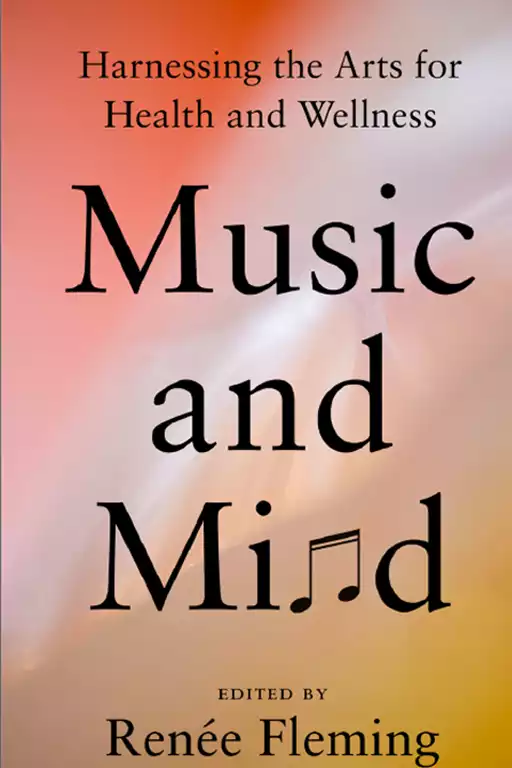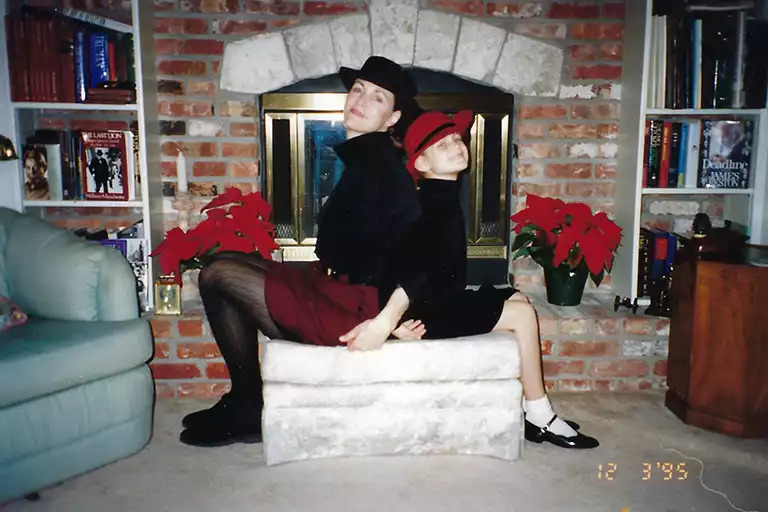By Candace Gwaltney
Aug. 9, 2024
IU music therapy study for youth cancer patients featured in trade book, “Music and Mind”
A new book that shares the powerful impact music can have on health and the human experience—and the science behind it—features adolescent and young adult (AYA) music therapy research led by IU Simon Comprehensive Cancer Center researcher Sheri Robb, PhD.

“Music and Mind: Harnessing the Arts for Health and Wellness” is an anthology of 41 essays by leading scientists and researchers, artists, writers, arts and healthcare leaders, and educators.
Edited by world-renowned soprano and arts and health advocate Renée Fleming, “Music and Mind” highlights the growing body of research showing music and art therapies to be effective tools for addressing a widening array of conditions. In addition to Robb, authors include Yo-Yo Ma, Ann Patchett, Ben Folds and Rosanne Cash.
In the chapter titled “My Voice, My Song: Music as a Form of Self-Expression in Cancer Treatment,” readers learn about Robb’s clinical study on songwriting and music video production for adolescents and young adults during hematopoietic stem cell transplant for cancer treatment. Robb is a professor at the IU School of Nursing and the Walther Professor of Supportive Oncology at the IU School of Medicine.
“We wanted to offer adolescents and young adults a meaningful way to remain resilient in the face of a life-threatening illness,” Robb writes in the book.
Chapter co-author Jefri Franks shares the personal experience of her daughter, Heather Leonardi, as a 12-year-old receiving treatment in Missouri. Heather was part of the first pilot study for the music video intervention. In the chapter, Jefri Franks talks about Heather’s excitement, the benefits of the project and the comfort it provided the whole family.

“Stem cell transplant is a high intensity, high-risk treatment for these kids, and there’s a lot of uncertainty and high symptom distress,” Robb said. “For adolescents and young adults, it’s also a developmental period where they’re becoming more independent, and friends are an important source of social support.”
This makes it especially hard for adolescents experiencing cancer treatments because it requires long hospital stays, isolation from their friend groups and more time with their parents.
Franks talks about how making the music video provided the space Heather needed from her mom and dad and ‘have time and space to be her own individual self.’
Throughout six sessions, music therapists would guide the participants in songwriting, song recording and creating a personalized music video with images and art.
Robb writes: “Having a safe space to explore and express what’s important during a time of distress and uncertainty helped adolescents begin the process of making meaning of their experience.”
Ultimately, the study found that the kids and young adults (ages 11-24) who participated in the therapeutic music video intervention reported more positive and courageous forms of coping throughout cancer treatment. They also reported benefits in family function, social integration and communication. Results were published in the journal Cancer in January 2014.
In the book, Franks writes: “While Heather was working on the project, she had a completely different look on her face. It gave her something she could personally control. She could choose what song she wanted, the lyrics she wanted, what pictures she wanted to draw, and how she wanted to put it all together. It was her project, her story.”
After Heather’s death, Jefri shares how she would listen to songs in her room. The project remains dear to her. An excerpt of Heather’s lyrics is included in the book.
As with all her work, Robb hopes the book can continue to build momentum for improved access to music therapy.
“Music therapy still hasn’t become a standard of care across all hospitals,” she said. “Science helps us refine what we do as clinical music therapists, and provides the evidence needed to make music therapy services more widely available by demonstrating its benefit.”




